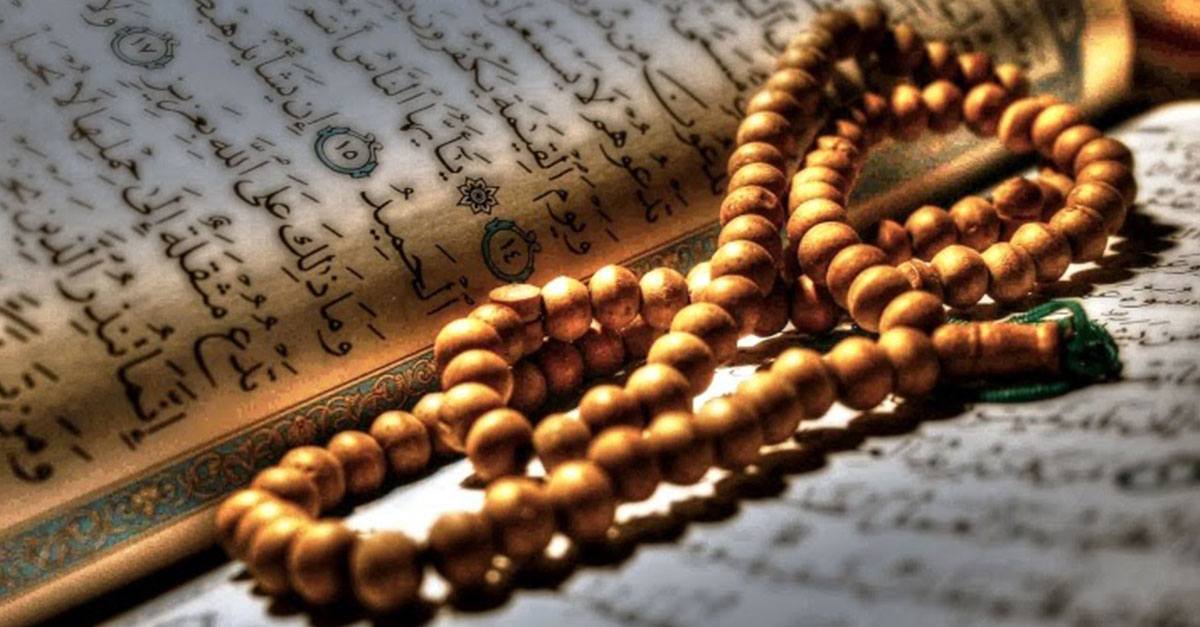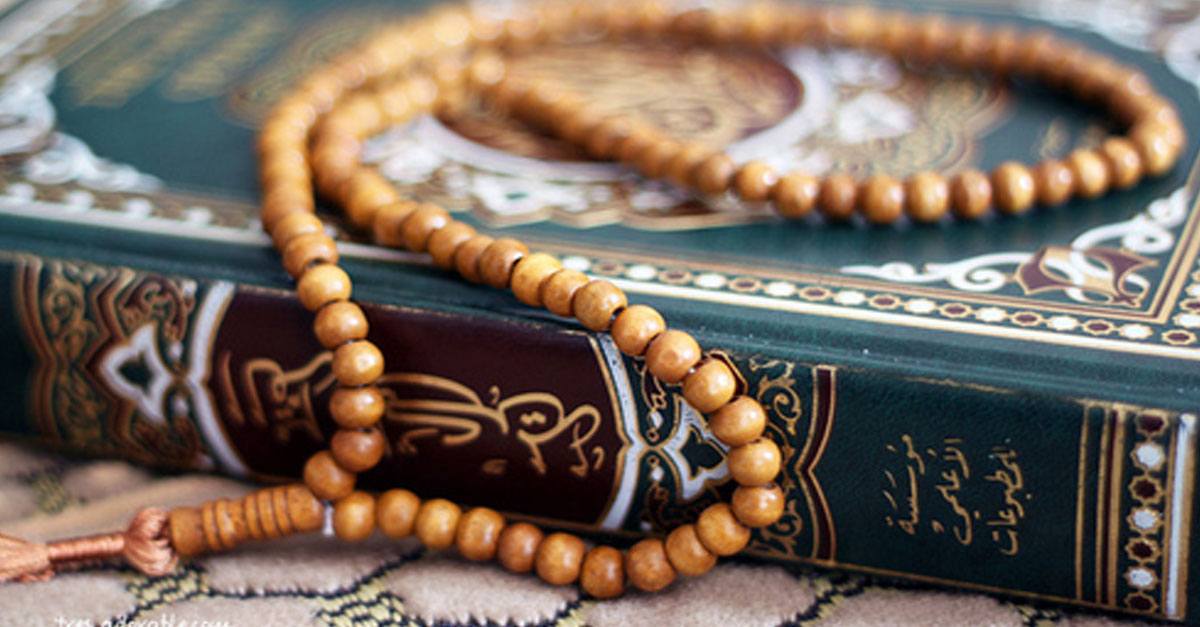بسم الله الرحمن الرحيم
و الصلاة و السلام على أشرف المرسلين
و على اله و اصحابه أجمعين
Allah ﷻ says: “Allah has made the ka’bah, the sacred months and the sacrificil animals and the garlands [by which they are indentified].That is so you may know that Allah knows what is in the heavens and what is in the heavens and what is in the earth and that Allah is knowing of all things”.
[surah al maida verse 97].
Imam Tabari said in his tafsir:
“Allah ﷻ has instituted four good things for people (« good » means they are fair). In arabic, al Qawam lichay means what allows to re etablish or to improve something. This is why we say that the king is qawam regarding the people under his command because he is the planner of their life and because he is a barrier between those among his subjects who would do bad things to others.
So, the ka’bah and the sacred month and the animal offerings and the necklaces (qala’id) have been institued to preserve the good proceedings of arabs pilgrimage during pre islamic time, in a such way that someone who commited the worst crimes would fear nothing as long as he was in the sacred enclosure of the pilgrimage. In this way, if someone met the murderer of his own father, he would not threaten him. Otherwise, when someone went out with the intention to accomplish the pilgrimage, he would wear a necklace around his neck made of furs which showed to people his intention to accomplish his religious duty and then, no one would offend him. Once the pilgrimage accomplished, on his way back, he would wear around his neck a necklace made of stems of a perennial plant or made of the branchs of an ared tree. The sight of this necklace prevented him from people who wanted to offend him until he joined his people. Those are inviolable codes that Allah has preserved since the ore islamic society.”
[Tafsir Jami’ ul Bayan fi Tafsirul Qu’ran/ al Tabari].
So in the pre islamic times, it was sufficient for those who were going to the pilgrimage to wear around their neck a specific necklace recognizable by all to avoid to be annoyed on their way. It is a clear indication destined for the worshiper and for the people of religion on the lawfulness to show what they are to protect themselves from others. The intention is protecting ourselves from what endanger us physically as well as spiritually.
Futhermore, the subha that we wear around the neck is for us similar to the ring wore around the finger. As the ring refers to authority and power, as the subha refers to the divine Proximity.
Allah ﷻ says: “And we have already created man and know what his soul whispers to him, and we are closer to him than [his] jugular vein”.
[surah qaf / verse 16].
Allah ﷻ gave the jugular vein as an example of his Proximity (Qurb) because it is the most important vein in the human body and also because this vein is directly linked to the heart. And the heart is linked to the aorta which systematically causes death when it is cut.
We can observe that the Divinity is closer to someone than his ownessence and it is said in an athar: “He who knows himself, knows his Lord”.
Taking ito consideration the source of the Union (‘ayn ul jam’) which is a particular spiritual station, nothing exists except Huwa (He) because everything else is fana’ (extinguished). By contrast, if we take into consideration the source of the distinction (‘ayn ul farq), then it is a commandment existing by an action (fi’l) and the action existing by an attribute (sifat) and an attribute existing by the essence (dhat).
The jugular vein is on the neck, this is why sufi wore the hawiya of the name Allah around their neck. Indeed, the subha is nothing else that the letter Hâ’ of the ism al Moufrad (Allah) and it is in this way that mureeds try to taste the literal and metaphorical meanings of the aformentioned verse.
Otherwise, the neck is one of the noblest part of the human body. Allah ﷻ made the neck as sign of Iman (faith) and of spiritual elevation. Mu’awiyya (radiAllah ‘anhu) narrates that the Menssenger of Allah ﷺ said: “The “Muadhins” will on the Day of Judgement have the longest necks.”
[sahih Muslim, hadith N° 585].
But Azan is in reality a da’wah (an exhaustive call) which is complete and perfect and this call is exhaustive only for the people of the Name (ahlul Ism) who are the perfectly fullfiled spiritual masters (may Allah bless their secrets).
Wearing the subha around the neck is a wayto increase the importance of dhikr in our hearts but it is also a way to receive the tawfeeq from the divine Proximity. Moreover, it is a way to preserve the subha from any kind of misuse or neglecting.
Futhermore, the subha i the tool used for the Jihad against the ego (nafs). As the sword which is used to fight enemy is worn at the haist, the subha is worn at the neck for the great Jihad (Jihadul Akbar) which consists to fight an enemy who is never far from us.
Lastly, it should be metioned that it is quite common for a lot of people to wear varied thingsaroun their neck as bags or saddlebag containing sometimes precious objects that they daily use. Then, without any doubt, the subha deserves more than anything else to be worn around the neck according to what we have quoted.



